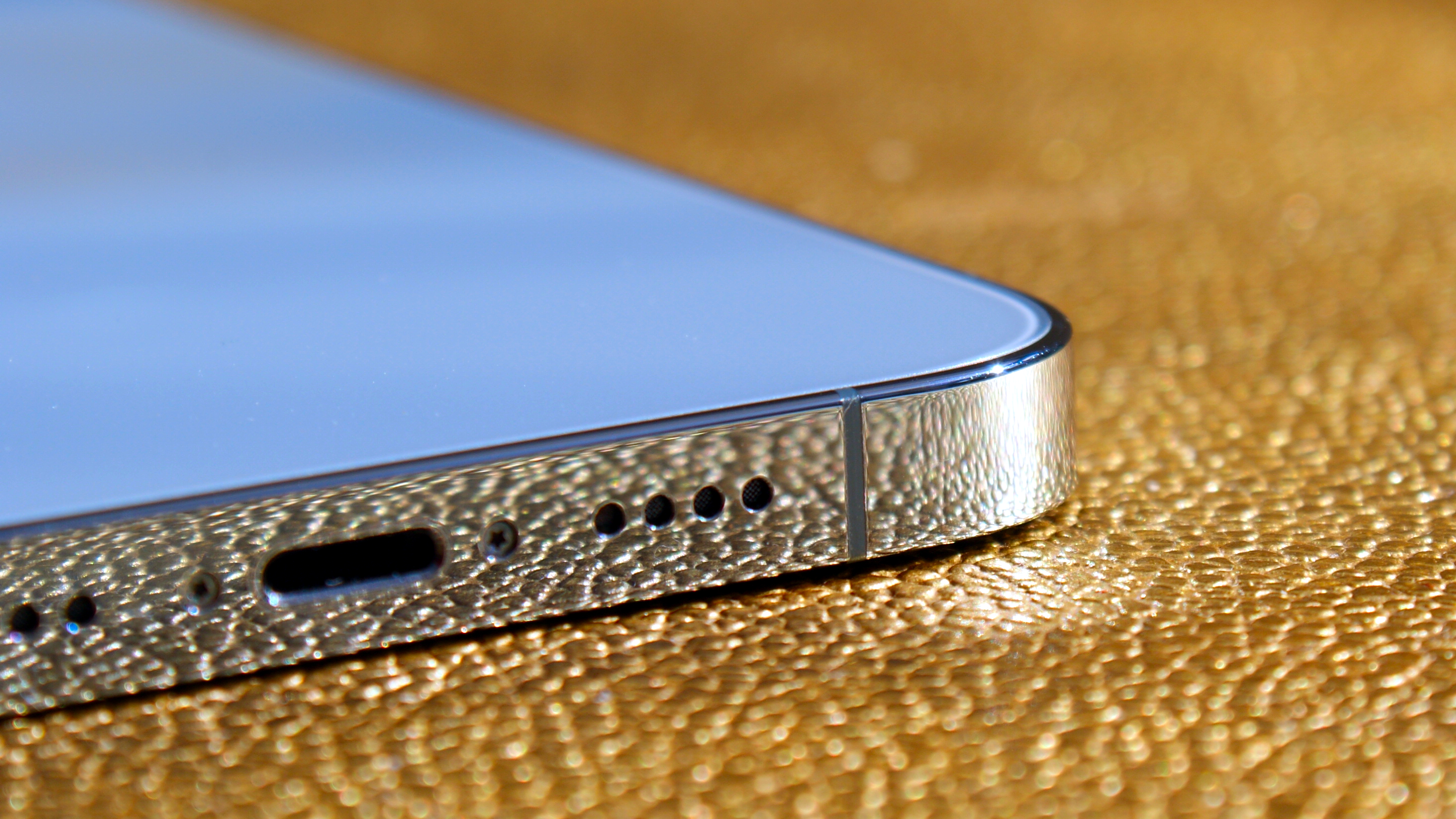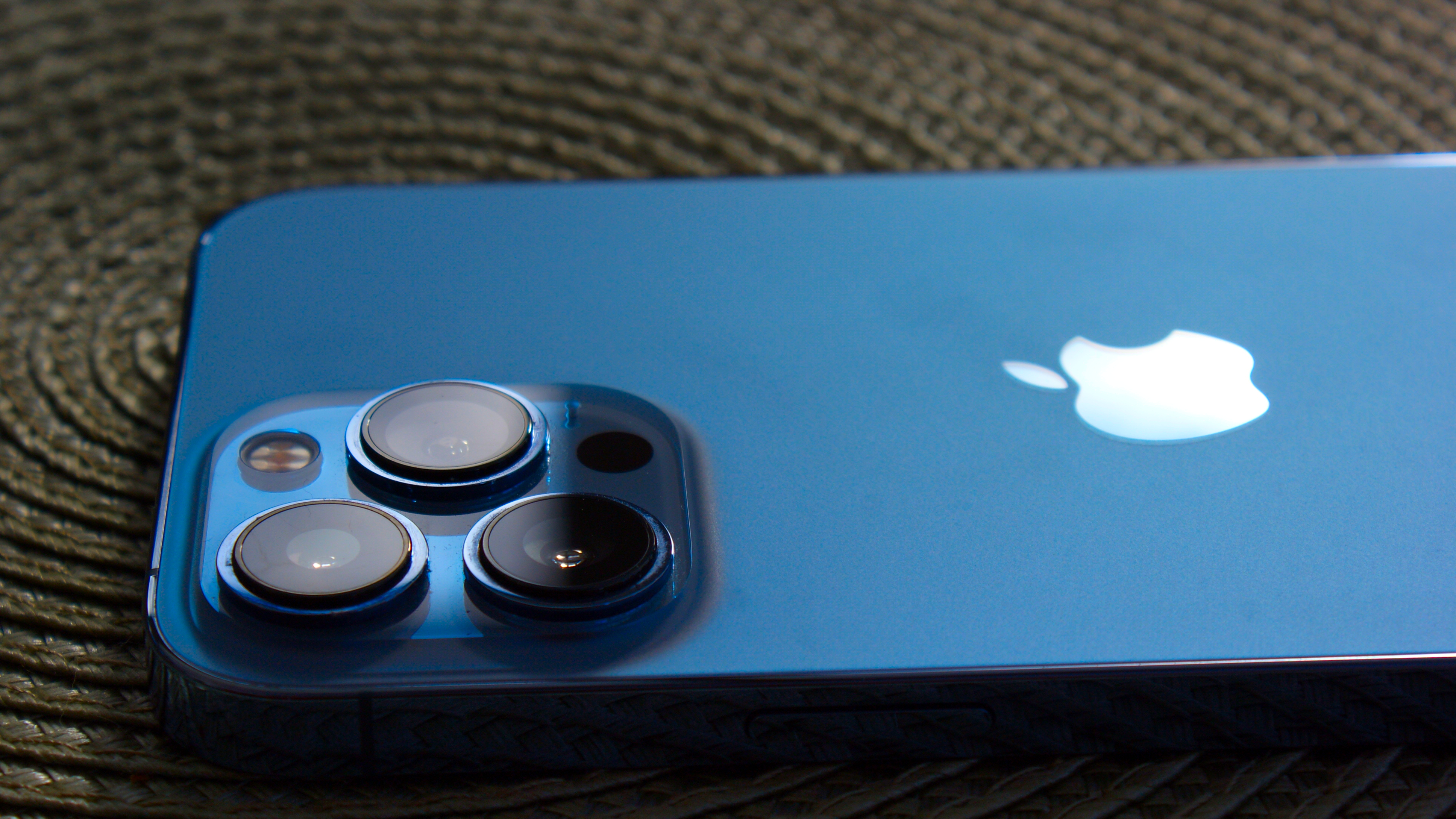The iPhone 14 Pro will never be truly Pro if the latest leak is true
Opinion: It's so frustrating that USB-C is unlikely to come to the Pro

The upcoming iPhone 14 line is almost certainly going to be a powerful step forward - and the iPhone 14 Pro will be the flagship device in the lineup.
The Pro is set to come with powerful cameras, the faster, modern processor and the best screen technology - where the iPhone 14 ‘base’ model will come with an older CPU and likely less-capable cameras to save money where users might not need every high-end spec.
However, the latest rumor has given me pause: according to ‘unnamed sources’ from iDropNews, the iPhone 14 Pro and Pro Max will feature the same upgraded Lightning Port that debuted on the original iPad Pro, which used USB 3.0 tech to deliver far-greater speeds than the aged USB 2.0 port that iPhones still use.
While that’s a big upgrade - it could yield up to 10 times faster data transfer - it’s still a world away from the speeds that the USB-C ports used on the current iPad Pro and iPad Air tablets could offer.
Apple has been steadfast in sticking with the Lightning port since it launched in 2012 - while EU regulations state that it will have to start using USB-C ports eventually in its iPhones, there’s no firm date on when that will happen and Apple will likely resist as long as it can.
Why? Because it makes so much in licensing its tech to allow manufacturers to make Lightning-friendly accessories. It’s built an ecosystem of compatibility that any brand would be reluctant to shed. So, with that in mind, an iPhone with the same USB-C connector found in the iPad Pro seems highly unlikely.
Pro-found issues
However, that reluctance (if true, and it’s a big if when we’re working with ‘unnamed sources’) will give me a real issue if it comes to pass.
Get daily insight, inspiration and deals in your inbox
Sign up for breaking news, reviews, opinion, top tech deals, and more.
This year looks very likely to be the first to see iPhones launched on different chipsets (well, you could point to the iPhone 5C, which came alongside the iPhone 5S, but they were very different phones) and that would be clearest indication yet that Apple is trying to set the iPhone 14 Pro apart from the cheaper model.
That’s fine - and honestly, it makes a lot of sense. The iPhone Pro line has been too close in performance and spec to the base models for many years, with only the camera and more RAM providing the key differences.
Making the high-end, expensive phone more powerful and desirable for creatives and those that need more grunt in their device, especially if it delivers capabilities the iPhone 14 cannot, will make the Pro a far easier upgrade for people like film-makers, who will want all the power and camera prowess to get their jobs done more easily.
So if the rumors are true, and Apple does stick with the Lightning port, then it’s missing a real trick. The USB-C connection would deliver much faster speeds for those that need it for their jobs, and wouldn’t be a lure for those that just want a good phone - ie, the masses that will keep buying Lightning accessories.

Those that would need the USB-C sporting iPhone 14 Pro - such as the creatives mentioned - would also have the right equipment to make the most of the upgraded speeds, where many others wouldn’t really benefit from the higher speeds.
I tested the iPhone 13 Pro Max (with the older Lightning connector) against the new iPad Air 2022, which has USB-C.
The former managed to transfer a 320MB file at 8.25MB/s, where the latter got up to 10.5MB/s, both connected to a USB-C port on my laptop.
That’s not a massive difference (although will still result in many minutes saved for a 20 minute 4K file being copied) but better equipment - with high-end Macs and better connections, like those that creatives often invest in - would see a greater disparity in the read speeds.
Another reason Apple should ape the iPad Pro and bring the USB-C connector to the iPhone 14 Pro.
Of course, it’s not going to happen, mostly for the reasons listed above. And that’s a real shame, as an iPhone 14 Pro with USB-C would have been a real leap forward and made it a truly attractive phone for professionals.
Not to mention the ease that it would bring to many people's lives. USB-C is becoming a common standard the world over (including for iPads, which many iPhone owners will have) and losing the Lightning cable would take away one more headache for users.

Gareth has been part of the consumer technology world in a career spanning three decades. He started life as a staff writer on the fledgling TechRadar, and has grew with the site (primarily as phones, tablets and wearables editor) until becoming Global Editor in Chief in 2018. Gareth has written over 4,000 articles for TechRadar, has contributed expert insight to a number of other publications, chaired panels on zeitgeist technologies, presented at the Gadget Show Live as well as representing the brand on TV and radio for multiple channels including Sky, BBC, ITV and Al-Jazeera. Passionate about fitness, he can bore anyone rigid about stress management, sleep tracking, heart rate variance as well as bemoaning something about the latest iPhone, Galaxy or OLED TV.